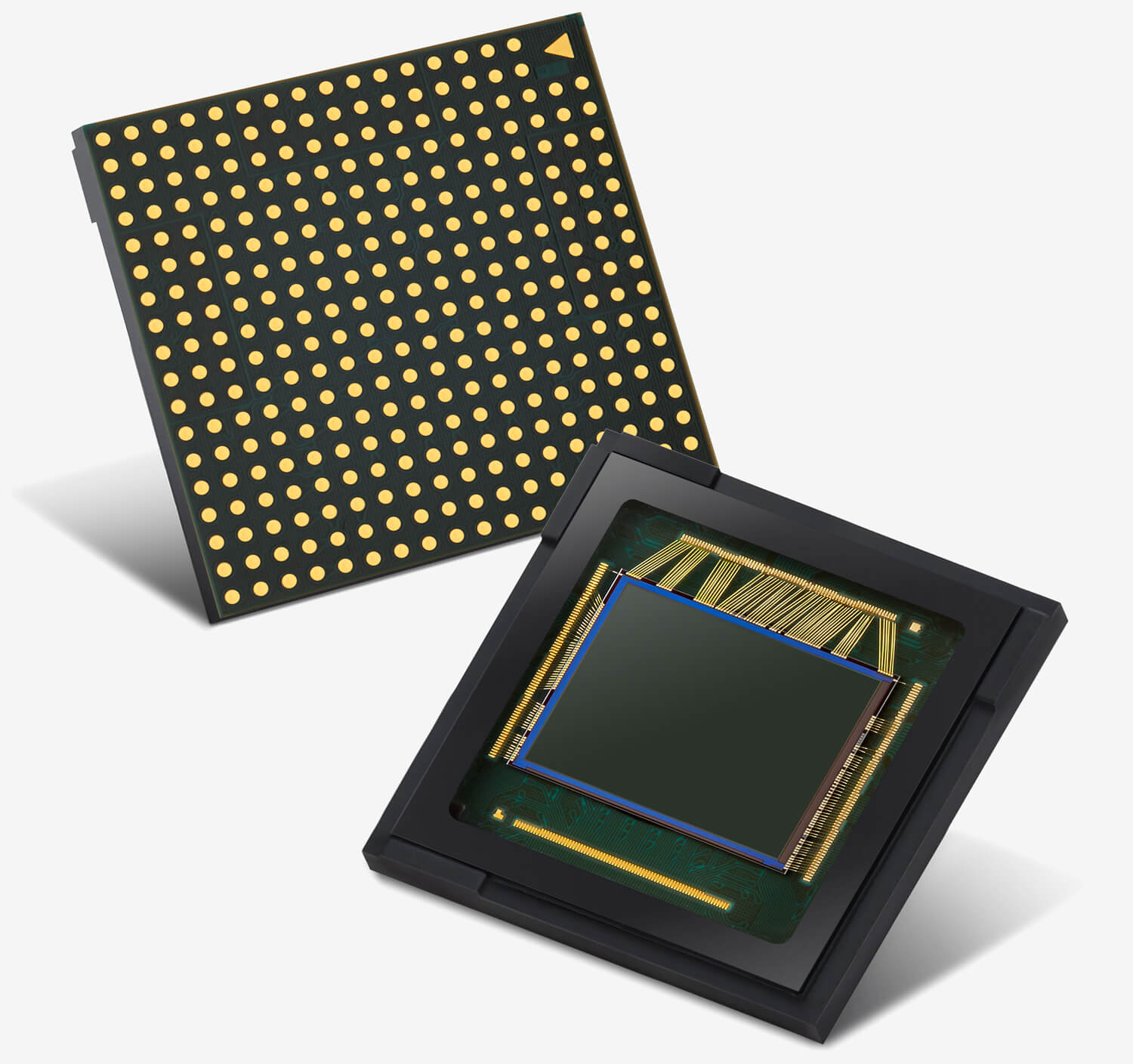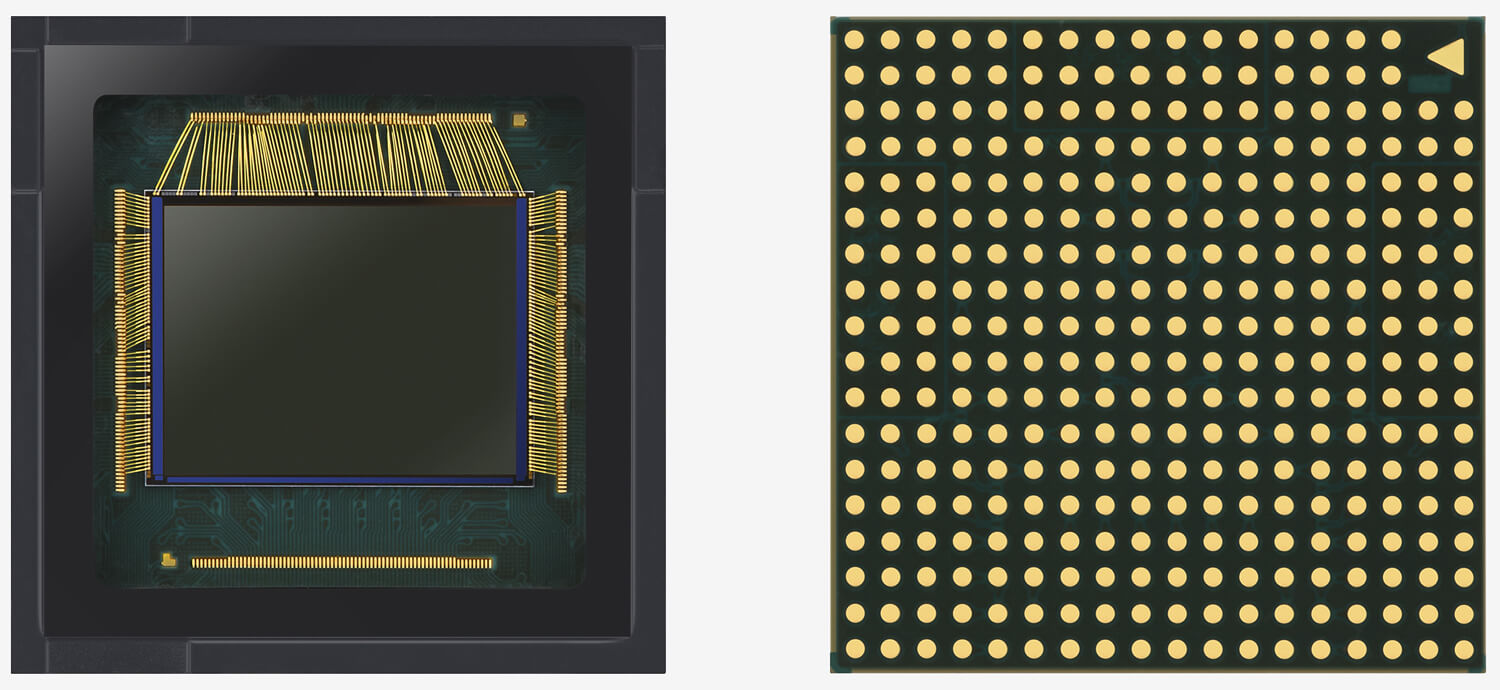In brief: Samsung on Tuesday announced a new mobile image sensor that promises improved low-light performance and DSLR-level auto-focus speeds to enhance the picture-taking experience.

ISOCELL GN1 is a 50-megapixel sensor with 1.2μm-sized pixels. The sensor leverages Samsung’s Dual Pixel technology to place two photodiodes side-by-side within a single pixel to receive light from multiple angles for phase detection. This results in “best-in-class auto-focusing with 100 million phase detection auto-focus (PDAF) agents.”
By utilizing Tetracell technology which bins four pixel signals into one, Samsung has effectively doubled the image sensor’s pixel size to 2.4μm for brighter 12.5-megapixel photos. The company said it is also providing a software algorithm that can take light information from each photodiode to produce images comparable to 100 megapixels.

Software tricks in photography often fall into the gimmick category so we’ll reserve judgement until trying it out in person.
Samsung said the GN1 is additionally equipped with a Smart-ISO that intelligently selects the optimal ISO as well as real-time HDR that captures a scene in multiple exposures simultaneously. The package is also equipped with a gyro-based electronic image stabilization system that helps to cut down on unintentional camera shake.
On the video side, Sammy said the sensor is capable of recording at up to 8K at 30 frames per second.
The ISOCELL GN1 is scheduled to enter mass production this month. No word yet on when it’ll start showing up in consumer devices.
https://www.techspot.com/news/85285-samsung-announces-50-megapixel-smartphone-sensor-dslr-level.html